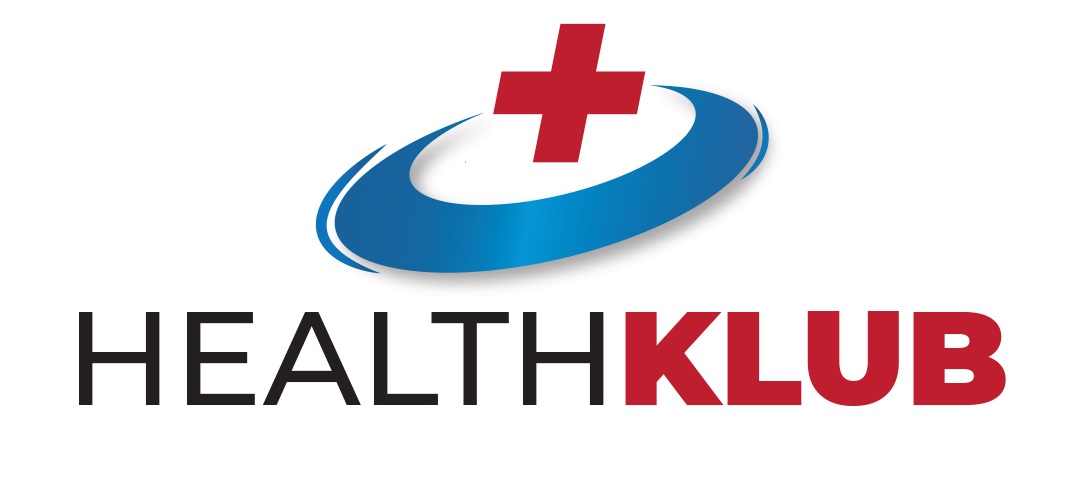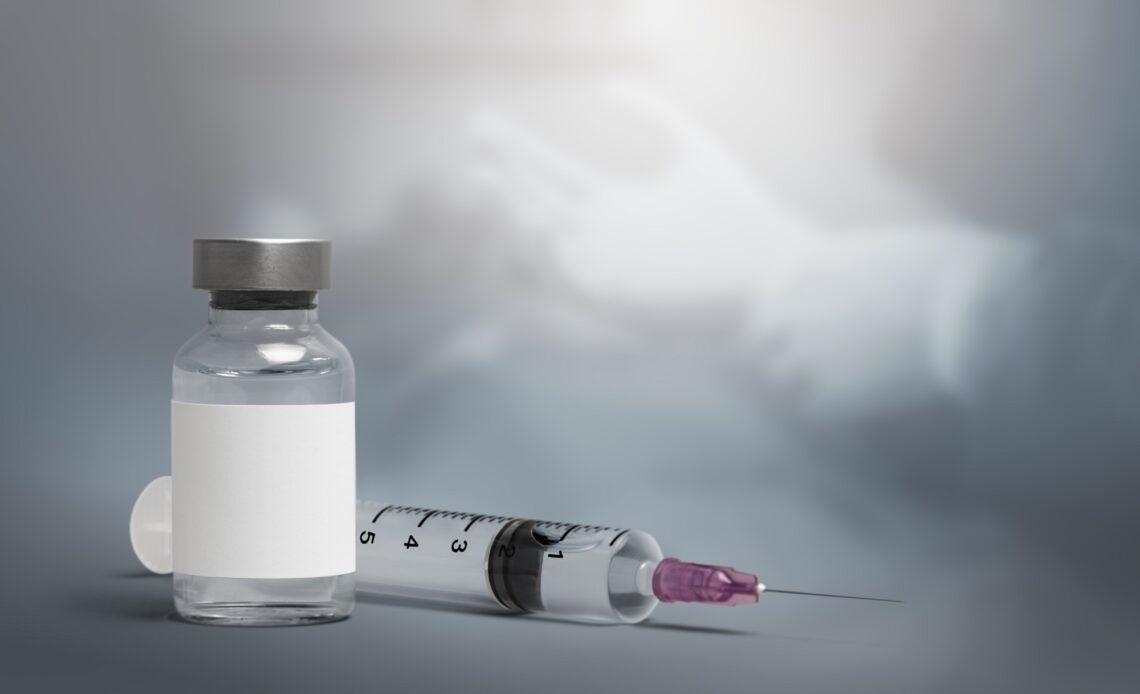Are you curious about the connection between insulin resistance and type 2 diabetes? You’re not alone. One of the most significant risk factors for developing type 2 diabetes is insulin resistance. The body’s inability to respond to insulin properly leads to elevated blood sugar levels, which can eventually result in the onset of diabetes.
In this article, we will delve into the link between insulin resistance and type 2 diabetes, exploring the underlying mechanisms and potential consequences. We’ll discuss how insulin resistance develops, the impact it has on the body, and strategies for managing and preventing the progression to full-blown diabetes.
Understanding Insulin Resistance
Insulin resistance is a condition where the body’s cells become less responsive to insulin, a hormone produced by the pancreas. Insulin is responsible for regulating blood sugar levels by allowing glucose to enter cells and be used for energy. When cells are resistant to insulin, glucose cannot enter effectively, leading to elevated blood sugar levels.
Several factors contribute to the development of insulin resistance. Obesity, particularly excess fat around the abdomen, is a major risk factor. Sedentary lifestyle, poor diet, genetics, and certain medical conditions like polycystic ovary syndrome (PCOS) can also increase the risk of insulin resistance.
Insulin resistance often goes unnoticed as it doesn’t cause immediate symptoms. However, if left unaddressed, it can progress to type 2 diabetes, a chronic condition that affects millions worldwide.

What Is Type 2 Diabetes?
Type 2 diabetes is a metabolic disorder characterized by high blood sugar levels that result from the body’s inability to use insulin effectively. While genetics plays a role, lifestyle factors such as poor diet, lack of physical activity, and obesity are major contributors to the development of diabetes.
In type 2 diabetes, the pancreas initially produces enough insulin, but the body’s cells don’t respond properly, leading to a buildup of glucose in the bloodstream. Over time, the pancreas may struggle to keep up with the demand for insulin, resulting in insufficient insulin production.
High blood sugar levels can have serious health consequences. It can damage various organs, including the heart, blood vessels, kidneys, and eyes. Managing type 2 diabetes is crucial to prevent complications and maintain overall well-being.
The Connection Between Insulin Resistance and Type 2 Diabetes
Insulin resistance and type 2 diabetes are closely intertwined. Insulin resistance is often a precursor to the development of diabetes. When cells become resistant to insulin, the pancreas compensates by producing more insulin. This leads to elevated insulin levels in the blood, a condition known as hyperinsulinemia.
Over time, the increased demand for insulin can exhaust the pancreas, resulting in reduced insulin production. This decline in insulin production, coupled with ongoing insulin resistance, contributes to the progression from insulin resistance to type 2 diabetes.
Insulin resistance also affects the liver’s ability to regulate glucose production. The liver plays a crucial role in maintaining normal blood sugar levels by storing excess glucose as glycogen and releasing it when needed. In insulin resistance, the liver continues to produce glucose, leading to further elevation of blood sugar levels.

Risk Factors for Developing Insulin Resistance and Type 2 Diabetes
Several risk factors increase the likelihood of developing insulin resistance and type 2 diabetes. Obesity, especially excess abdominal fat, is one of the most significant risk factors. The fat cells release chemicals that interfere with insulin’s action, contributing to insulin resistance.
Lack of physical activity is another risk factor. Regular exercise helps improve insulin sensitivity and can reduce the risk of developing insulin resistance and type 2 diabetes. Poor diet, especially one high in processed foods, refined carbohydrates, and sugary beverages, can also increase the risk.
Genetics plays a role in insulin resistance and type 2 diabetes. If you have a family history of these conditions, you may be at a higher risk. Additionally, certain medical conditions like PCOS, a hormonal disorder affecting women, can increase the likelihood of insulin resistance.
Symptoms of Insulin Resistance and Type 2 Diabetes
Insulin resistance typically does not cause noticeable symptoms in the early stages. However, as insulin resistance progresses, some individuals may experience symptoms such as fatigue, increased hunger, frequent urination, and difficulty losing weight.
In diabetes, symptoms can be more pronounced. These may include frequent thirst, excessive urination, unexplained weight loss, blurred vision, slow wound healing, and recurrent infections.
It’s important to note that not everyone with insulin resistance will develop diabetes. However, early detection and intervention can help manage insulin resistance and reduce the risk of developing diabetes.
Diagnosing Insulin Resistance and Type 2 Diabetes
Diagnosing insulin resistance and diabetes involves several tests. A fasting plasma glucose test measures blood sugar levels after an overnight fast. A result of 100-125 mg/dL indicates prediabetes, while a result of 126 mg/dL or higher on two separate occasions confirms a diagnosis of diabetes.

Another test commonly used is the oral glucose tolerance test (OGTT). It involves drinking a glucose solution, and blood sugar levels are measured before and two hours after consumption. A two-hour blood sugar level of 140-199 mg/dL indicates prediabetes, while a level of 200 mg/dL or higher confirms diabetes.
Additionally, a glycated hemoglobin (HbA1c) test measures average blood sugar levels over the past two to three months. An HbA1c level of 5.7-6.4% indicates prediabetes, while a level of 6.5% or higher confirms diabetes.
Treatment Options for Insulin Resistance and Type 2 Diabetes
The treatment approach for insulin resistance and type 2 diabetes varies depending on the severity and individual factors. In early stages and prediabetes, lifestyle modifications can often reverse insulin resistance and prevent the progression to diabetes.
Lifestyle changes may include adopting a balanced diet rich in whole foods, regular physical activity, weight loss if necessary, and stress management. These changes can improve insulin sensitivity and help regulate blood sugar levels.
In cases where lifestyle modifications alone are insufficient, medication may be prescribed. Commonly used medications for type 2 diabetes include metformin, sulfonylureas, and insulin. These medications help lower blood sugar levels and improve insulin sensitivity.
Lifestyle Changes to Manage Insulin Resistance and Type 2 Diabetes
Making sustainable lifestyle changes is crucial in managing insulin resistance and diabetes. A balanced diet is key, focusing on whole foods, including lean proteins, fiber-rich carbohydrates, and healthy fats. Portion control and regular meal timings can help regulate blood sugar levels.
Regular physical activity is essential for improving insulin sensitivity. Aim for at least 150 minutes of moderate-intensity aerobic exercise per week, along with strength training exercises.
Stress management techniques such as meditation, deep breathing, and regular sleep patterns can also play a role in managing insulin resistance and diabetes. Stress hormones can affect blood sugar levels, so finding ways to relax and unwind is important.
Preventing Insulin Resistance and Type 2 Diabetes
While some risk factors for insulin resistance and diabetes, such as genetics, cannot be changed, several preventive strategies can reduce the likelihood of developing these conditions.
Maintaining a healthy weight through a balanced diet and regular exercise is crucial. Avoiding sugary beverages, processed foods, and refined carbohydrates can help prevent insulin resistance.
Engaging in regular physical activity not only helps maintain a healthy weight but also improves insulin sensitivity. Aim for a combination of aerobic exercise and strength training for optimal benefits.
Regular blood sugar monitoring and routine check-ups with a healthcare professional can help identify any early signs of insulin resistance or diabetes. Early intervention can prevent or delay the progression to full-blown diabetes.
Conclusion
Insulin resistance and diabetes share a complex relationship. Insulin resistance, often a precursor to diabetes, occurs when the body’s cells become less responsive to insulin. This can lead to elevated blood sugar levels and, over time, the development of diabetes.
Understanding the connection between insulin resistance and type 2 diabetes is essential for anyone concerned about their health or at risk of developing these conditions. By adopting healthy lifestyle habits, maintaining a balanced diet, engaging in regular physical activity, and managing stress, it is possible to prevent or manage insulin resistance and reduce the risk of developing diabetes.
Remember, small changes can make a big difference in maintaining healthy blood sugar levels and overall well-being. Take control of your health today and prioritize your journey towards preventing insulin resistance and type 2 diabetes.


